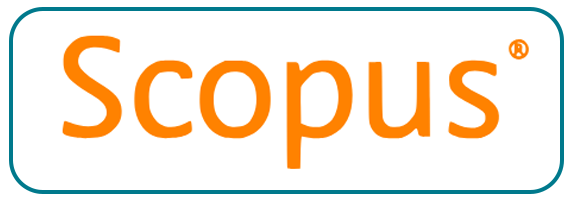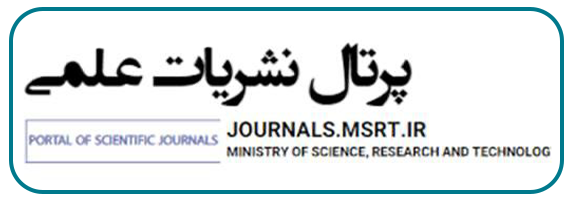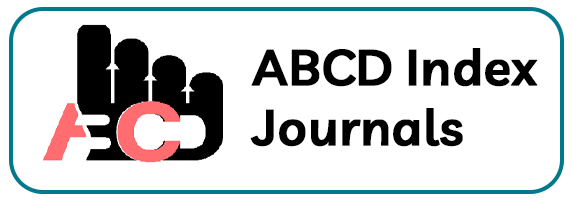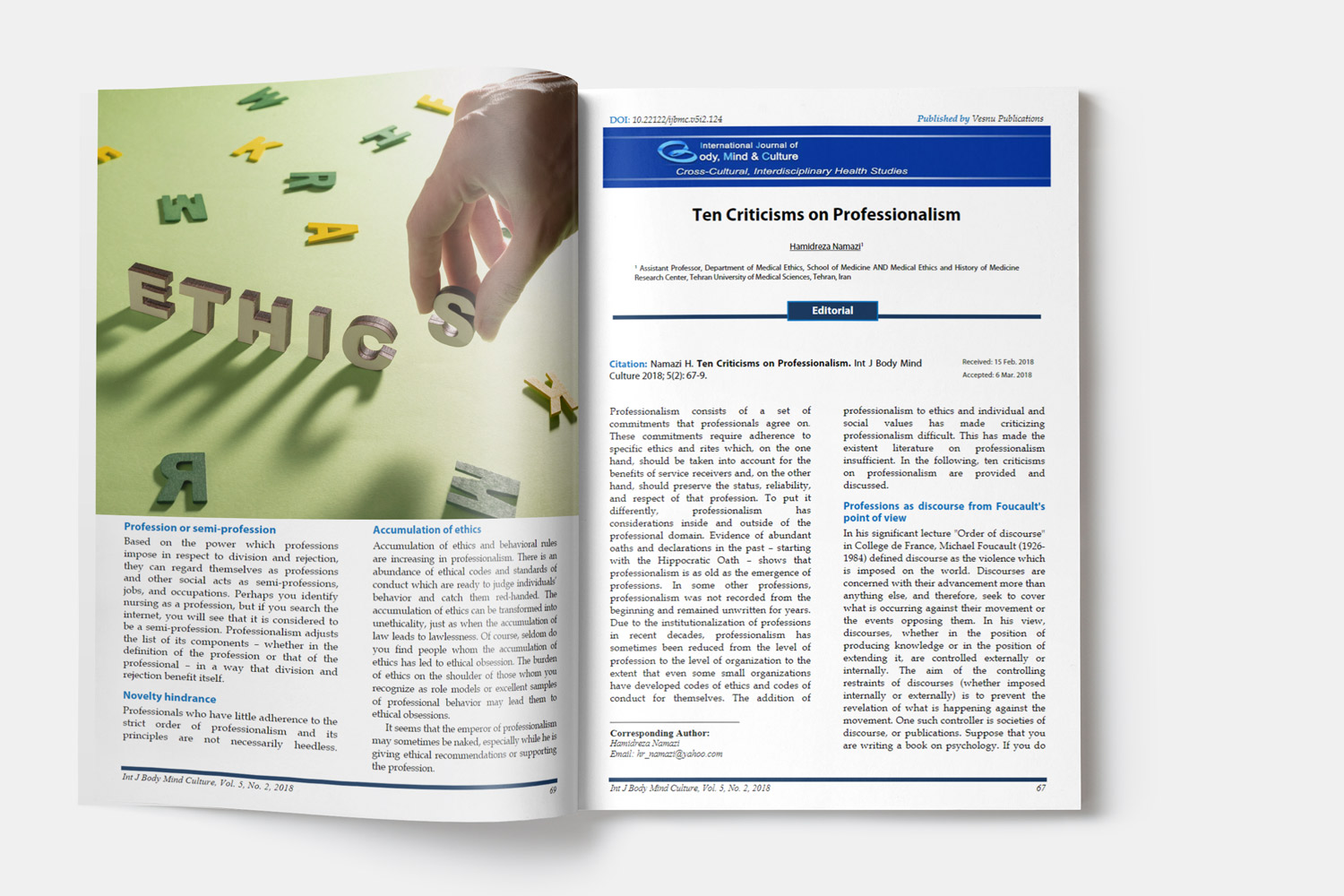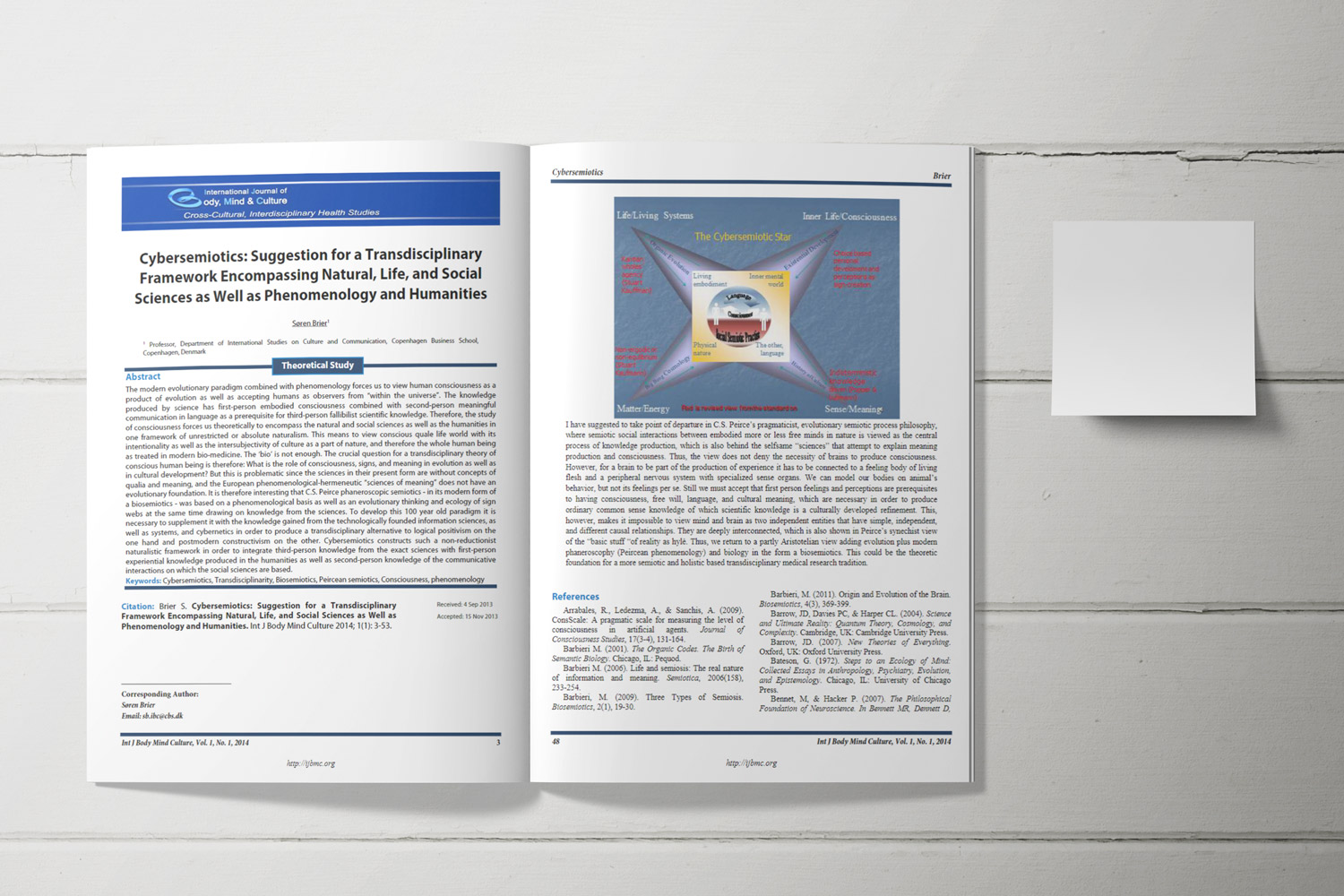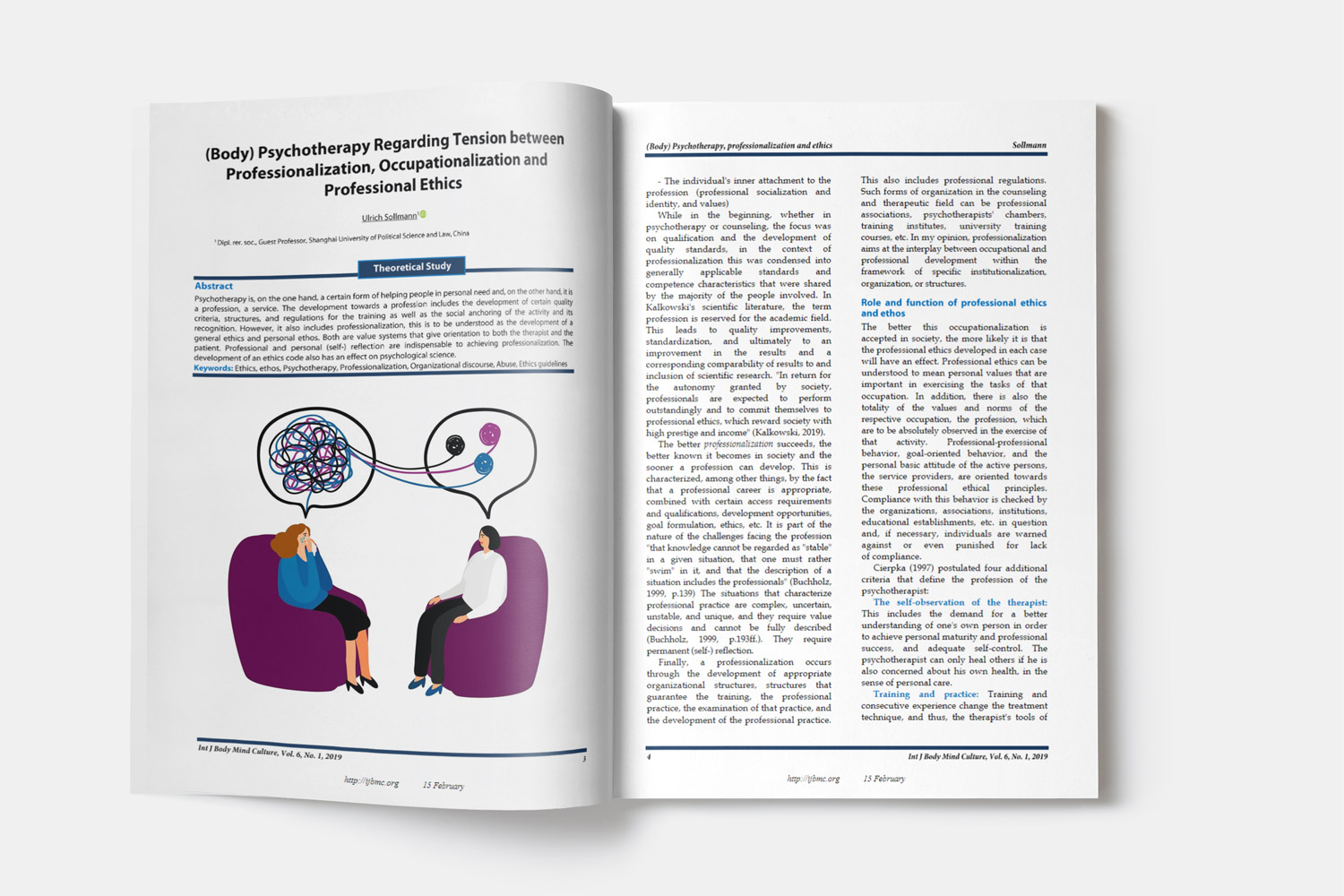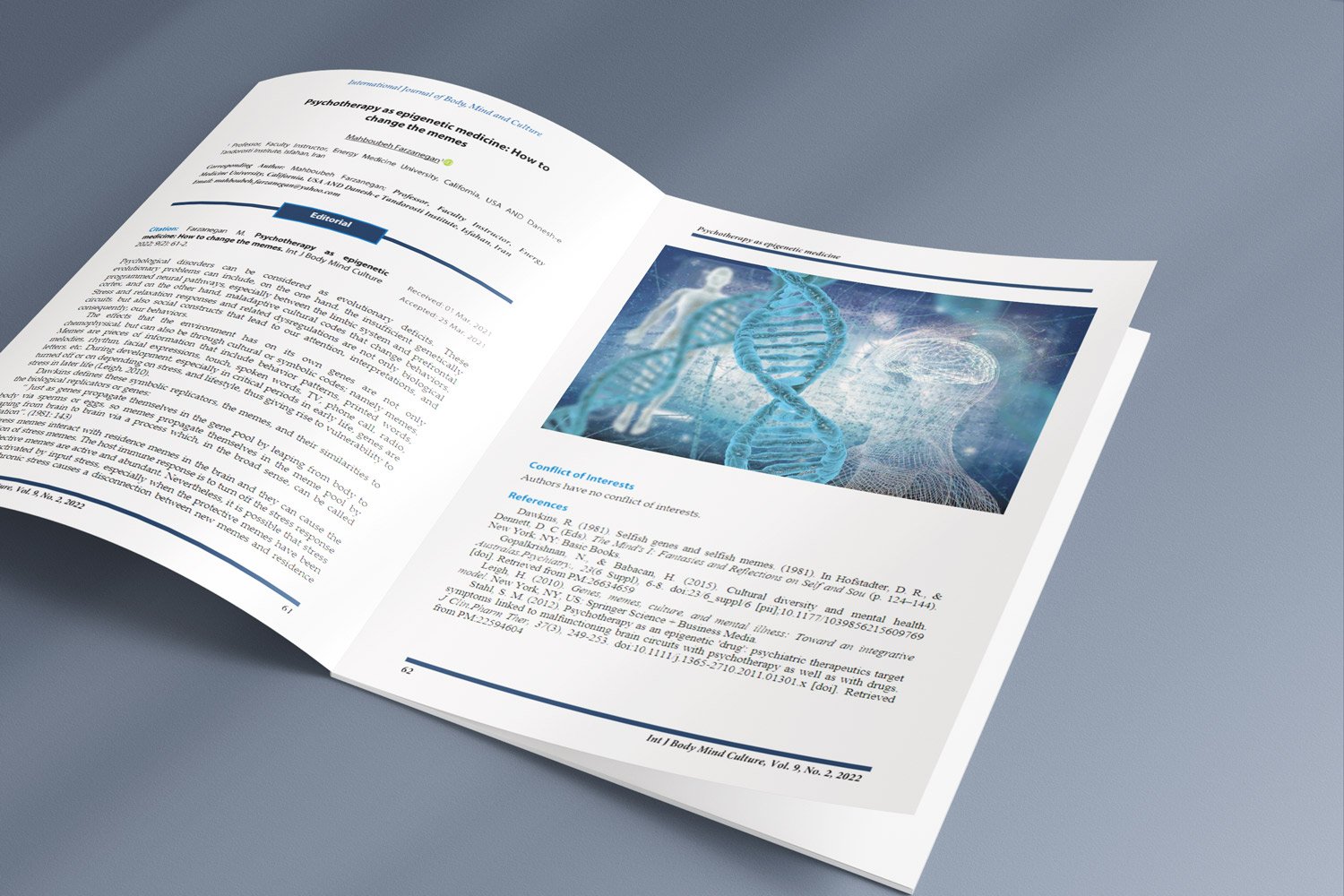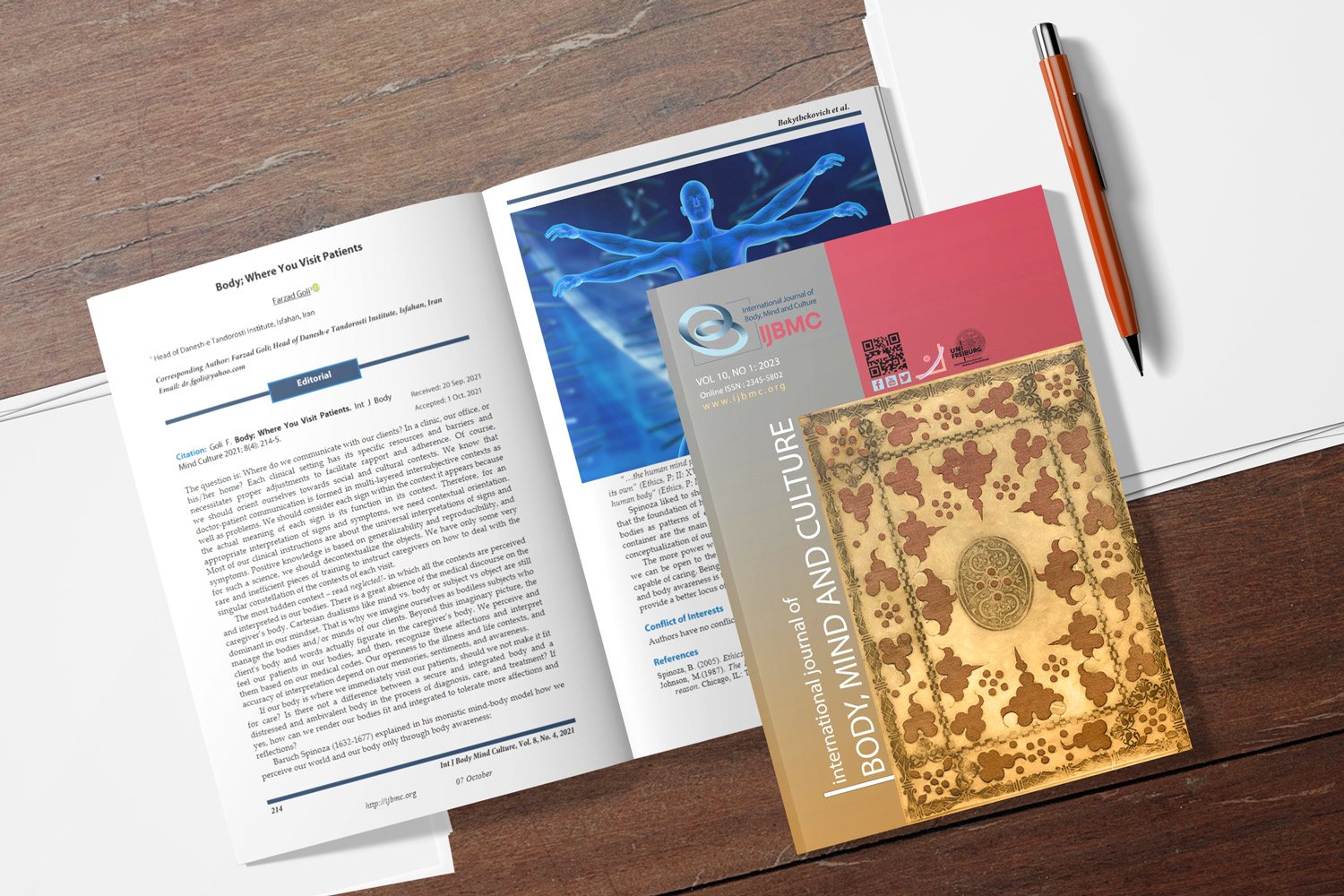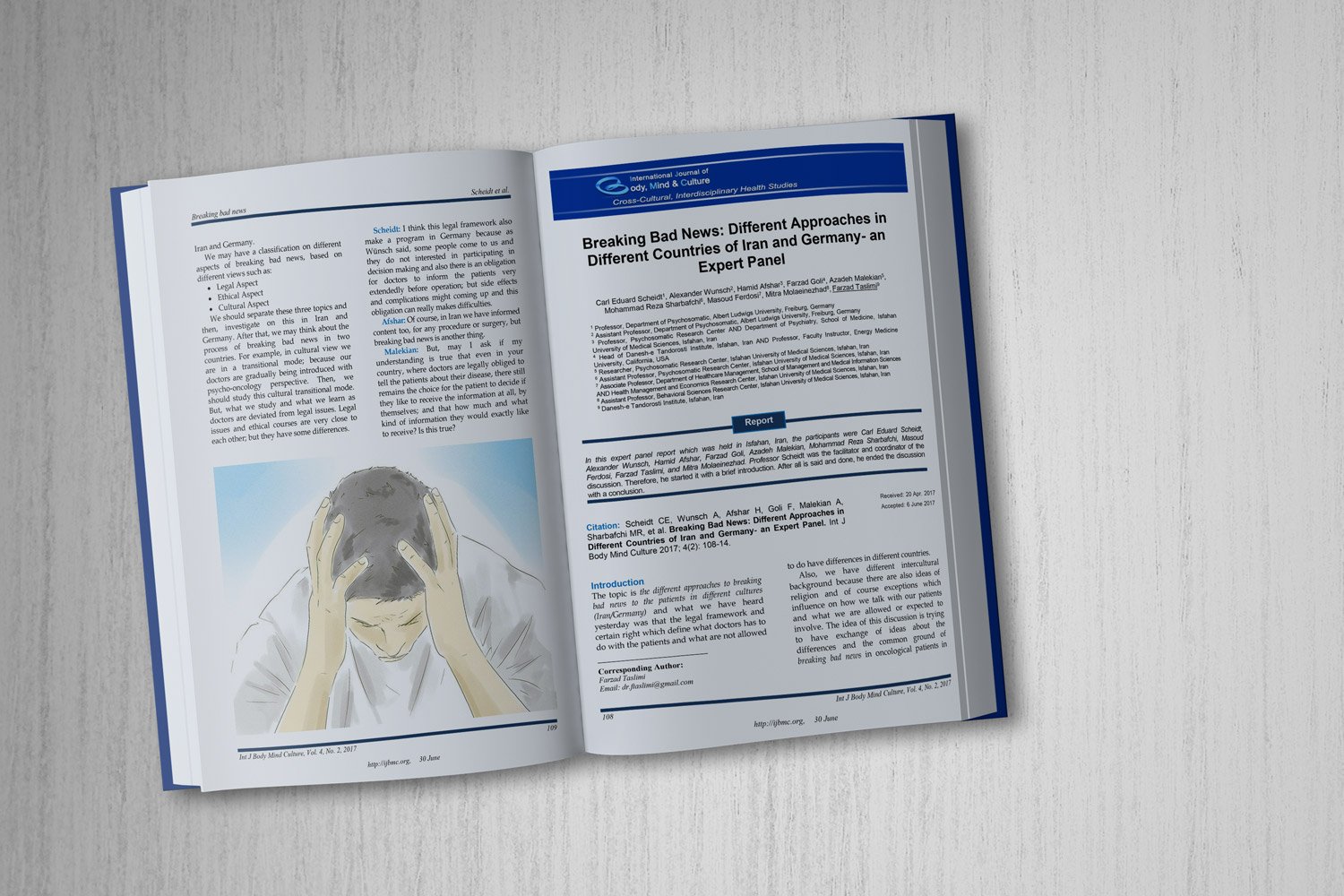Automation of Knowledge Work in Medicine and Health care: Future and Challenges
Downloads
Increment of computing speed, machine learning and human interface, have extended capabilities of artificial intelligence applications to an important stage. It is predicted that use of artificial intelligence (AI) to automate knowledge-based occupations (occupations such as medicine, engineering and law) may have an global enormous economic impact in the near future.
Applications based on artificial intelligence are able to improve health and quality of life for millions in the coming years. Although clinical applications of computer science are slow moving to real-world labs, but there are promising signs that the pace of innovation will improve. In the near future AI based applications by automating knowledge-based work in the field of diagnosis and treatment, nursing and health care, robotic surgery and development of new drugs, will have a transformative effect on the health sector. Therefore many artificial intelligence systems should work closely with health providers and patients to gain their trust. The progress of how smart machines naturally will interact with healthcare professionals, patients and patients' families is very important, yet challenging.
In this article, we review the future of automation of knowledge enabled by AI work in medicine and healthcare in seven categories including big medical data mining, computer Aided Diagnosis, online consultations, evidence based medicine, health assistance, precision medicine and drug creation. Also challenges of this issue including cultural, organizational, legal and social barriers are described.
Downloads
AAAI (2009). Interim Report from the Panel Chairs. AAAI Presidential Panel on Long-Term AI Futures. Available at: https://www.aaai.org/Organization/Panel/panel-note.pdf (accessed 03-06- 2015).
Barnickel, T.,Weston, J., Collobert, R., Mewes, H.W., Stumpflen, V. (2009). Large scale application of neural network based semantic role labeling for automated relation extraction from biomedical texts. PLoS One 4 (7), e6393 (July 28).
Barrat, J. (2013). Our Final Invention: Artificial Intelligence and the End of the Human Era.Thomas Dunne, St. Martin's Press, New York.
Birdwell RL, Bandodkar P, Ikeda DM (2005). Computer-aided detection with screening mammography in a university hospital setting. Radiology, 236, 451-457.
Bostrom, N. (2014). Superintelligence: Paths, Dangers, Strategies. Oxford University Press.
Brynjolfsson, E., McAfee, A. (2014). The Second Machine age: Work, Progress, and Prosperity in a Time of Brilliant Technologies, W. W. Norton & Company, New York, NY.
Chen, H., Martin, B., Daimon, C.M., Siddiqui, S., Luttrell, L.M., Maudsley, S. (2013). Extracting semantic textual meaning from gene sets. Apr 30 PLoS One 8 (4), e62665.
Courneya, P., Palattao, K., & Gallagher, J. (2013). HealthPartners' Online Clinic For Simple Conditions Delivers Savings Of $88 Per Episode And High Patient Approval. Health Affairs , 32 (2), 385-392.
Cupples TE, Cunningham JE, Reynolds JC (2005). Impact of computer-aided detection in a regional screening mammography program. Am J Roentgenol 185:944-950.
Dean JC, Ilvento CC (2006). Improved cancer detection using computer-aided detection with diagnostic and screening mammography: Prospective study of 104 cancers. Am J Roentgenol 187:20-28.
Gilbert FJ, Astley SM, Gillan MG, et al (2008). Single reading with computer aided detection for screening mammography. N Engl J Med 359:1675-1684.
Kornienko, A., Kornienko, A., Fofanov, O., & Chubik, M. (2015). Knowledge in artificial intelligence systems: searching the strategies for application. Procedia - Social and Behavioral Sciences , 166, 589 -594.
Majidfar, F., Taghva, M. R., Taghavifard, M. T., & Manteghi, M. (2013). Implementing High-Technology Intelligence at National Level Organizations : An Action Research Study. European Online Journal of Natural and Social Sciences , 2 (3(s)), 2300-2321.
Mehrotra, A., Paone, S., & Martich, D. (2013). A Comparison of Care at E-visits and Physician Office Visits for Sinusitis and Urinary Tract Infection. JAMA Intern Med , 173 (1), 72-74.
Mesko, B. (2016). Artificial Intelligence Will Redesign Healthcare. Retrieved from Medical Futurist: http://medicalfuturist.com/artificial-intelligence-will-redesign-healthcare/
Manyika, J., Chui, M., Bughin, J., Dobbs, R., Bisson, P., Marrs, A. (2013). Disruptive Technologies: Advances That Will Transform Life, Business, and the Global Economy. McKinsey Global Institute. McKinsey & Company.
Morton MJ, Whaley DH, Brandt KR, et al (2006). Screening mammograms: Interpretation with computer-aided detection prospective evaluation. Radiology 239:375-383.
Müller, V.C., Bostrom, N. (2016). Future progress in artificial intelligence: A survey of expert opinion, in: Müller, V.C. (Ed.), Fundamental Issues of Artificial Intelligence. Springer, Berlin, 4 pp. 553-571.
Naik, G., & Bhide, S. (2014). Will the future of knowledge work automation transform personalized medicine? Applied & Translational Genomics, 3, 50-53.
Nature Editors (2015). Rethinking the brain. Nature 519, 389.
Neapolitan, R., Jiang, X. (2012). Contemporary Artificial Intelligence. Chapman & Hall/CRC 978-1-4398-4469-4.
Peek, N., Combi, C., Marin, R., & Bellazzida, R. (2015). Thirty years of artificial intelligence in medicine (AIME) conferences: A review of research themes. Artificial Intelligence in Medicine , 65 (1), 61-73.
Pueyo, S. (2017). Growth, degrowth, and the challenge of artificial superintelligence. Journal of Cleaner Production , In Press.
Russell, S.J., Norvig, P. (2010). Artificial Intelligence: A Modern Approach. Prentice Hall, third ed. Englewood Cliffs, New Jersey.
Shiraishi, J., Qiang, l., Appelbaum, D., & Doi, K. (2011). Computer-Aided Diagnosis and Artificial Intelligence in Clinical Imaging. Seminars in Nuclear Medicine , 41, 449-462.
Taghva, M., Majidfar, F., Salami, R., & Karshenas, A. (2014). A Conceptual Model for University-Industry Knowledge Transfer through Technology Intelligence Cycles and Social Networks: Multiple case study of Technology Transfer Projects. Asian Journal of Research in Business Economics and Management , 4 (9), 57-75.
The Guardian (2016). Google DeepMind pairs with NHS to use machine learning to fight blindness. Retrieved from The Guardian: https://www.theguardian.com/technology/2016/jul/05/google-deepmind-nhs-machine-learning-blindness
Copyright (c) 2017 International Journal of Body, Mind and Culture

This work is licensed under a Creative Commons Attribution-NonCommercial 4.0 International License.

